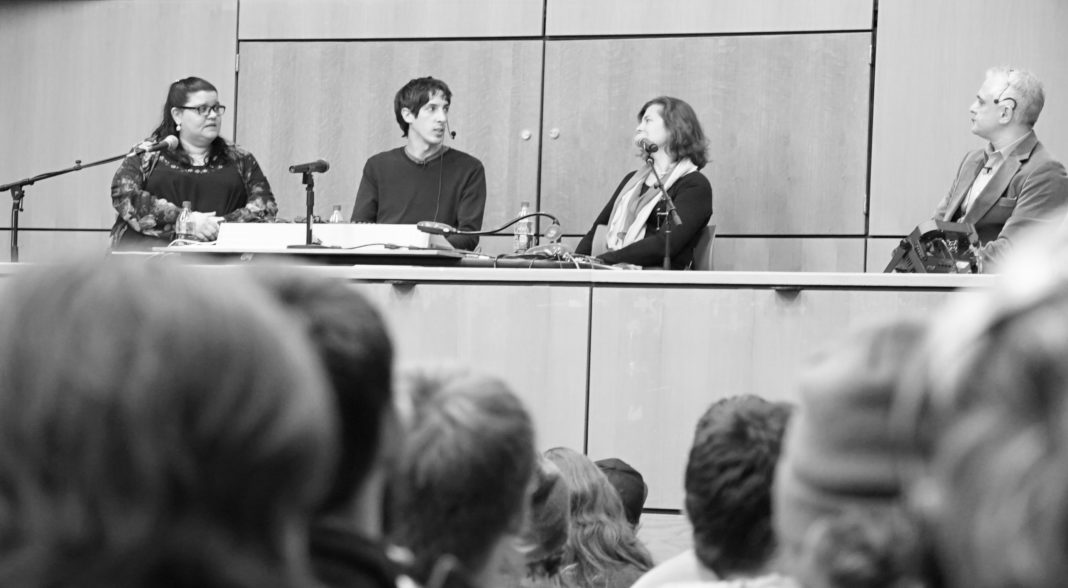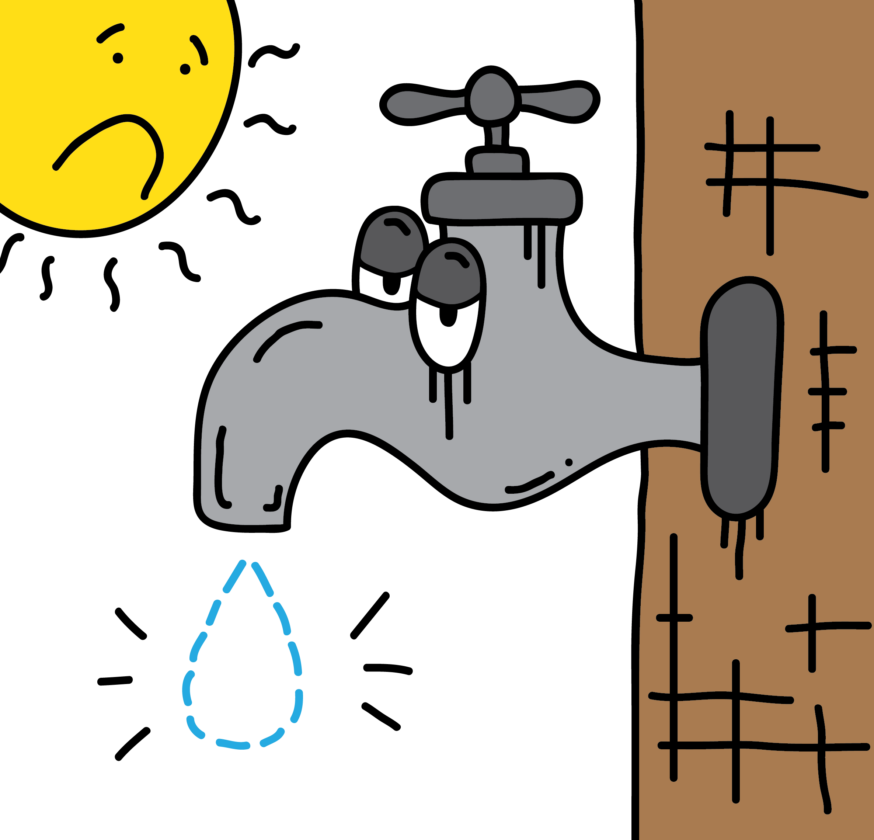The fact that school shooting is a publicly understood classification of violence speaks to the familiarity the American population has with the events that occurred in Florida Feb. 14, 2018. The term carries itself in conversation and news reports as a signifier of historic occurrences, but in no way does it signal the terror and pain these traumatic events continually reproduce. With 18 school shootings in less than two months, we move forward as if nothing happened. This is desensitization.
Desensitization is a word that has been thrown back and forth between political parties and media of both sides, but for very different reasons.
The conservative right, who follow the path of previous Republican responses to mass shootings, refuse to entertain notions of enhanced gun safety laws, and instead blame the desensitization of children who play “more and more graphic video games.” This is an old argument—censorship for fear of imitated violence can be seen in the writings of Plato, in renaissance interpretations of the Bible, the banning of Catcher in the Rye and Tipper Gore’s war against hip-hop in the ‘90s.
The use of desensitization as the choice descriptor and the suggestion of censorship imply the idea that people are vulnerable to irrational persuasion, and that if the general public is not exposed to something, it will not happen.
On the left, desensitization is used to describe the repetition of media coverage on television which would make it seem as though reports on these shootings are merely another syndicated daytime drama. One reporter claimed, “There have been at least 239 school shooting since Sandy Hook, and the sheer frequency of this kind of violence tends to desensitize even the most empathetic among us.”
The frequency of school shootings and the ceremonious media coverage on death, fear, tragedy and the impossibility of reform has had a numbing effect on the general public, especially those who are geographically and occupationally away from where these events occur.
American philosopher Judith Butler claimed that common human vulnerability precedes the formation of the individual subject. In other words, our collective capacity to die, to have others die around us, to lose our loved ones or perhaps kill are all possibilities that are readily apparent before we fashion our unique identities and views on life.
Democratic, Republican, Black, white, gay, straight—we all live and die. This inevitability necessitates the we. Yet, American liberal individualistic self-fashioning—the self-made man, the nuclear family, the fenced-in house, the privacy of daily life—directly combats this collective formation. Desensitization is merely a symptom of a toxic social environment that has alienated one citizen from another for the sake of individual gain and the security of the present. If it isn’t happening to you, you have the social obligation to maintain the status quo and move forward.
A great and nuanced polarity exists across the United States, and our current political system is feeding the fire of this polarity in order to maintain limitations on democratic possibility. As long as this alienation exists, as long as the myth of the non-dependent, self-made private man is encouraged across the populace, actual collective mourning, and furthermore, political paradigm shifts cannot happen.
Desensitization toward school shootings is not a result of individual choices or lack of democratic participation, rather it is a symptom of the systemic pressures that have been established to isolate people from one another. It is desensitization by societal design. Effective policy changes and weapon prohibitions cannot actually exist without a shift in the social paradigm of thought that enables public expression, acceptance and affirmation of our mutual dependence and mortality.






